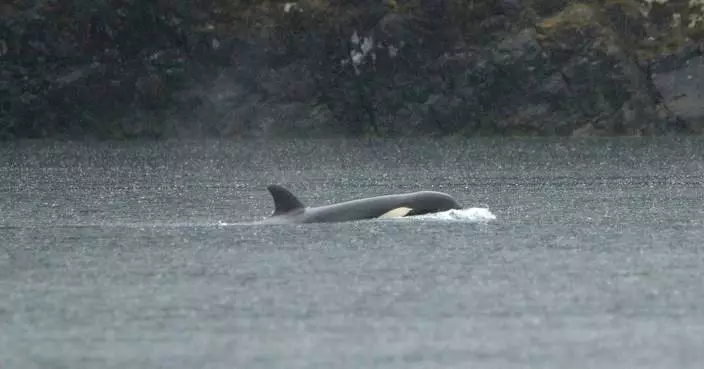A mother rhino with an unborn baby and its calf were shot dead by hunters in Pilanesberg National Park in Mogwase, north-west South Africa. The miserable baby had no any chances to meet the world and its family.
These heartless hunters shot for their horns but fled before the guards arrived. The spokesperson for the park mentioned that they had lost 16 Rhino and 3 unborn calves in 2017, which was a great pity.

Pilanesberg National Park & Wildlife Trust
The calf was just two-year-old and the unborn foetus was expected to be born in February next year.
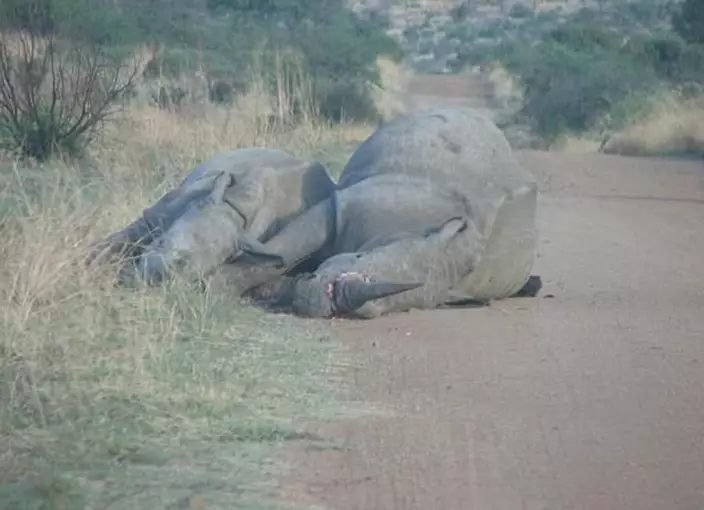
Pilanesberg National Park & Wildlife Trust
The horn of rhinos is a kind of protein which is as same as the substance of human fingernails and hair. It can be used in Chinese Medicine while more people look for the horn to show their wealth.
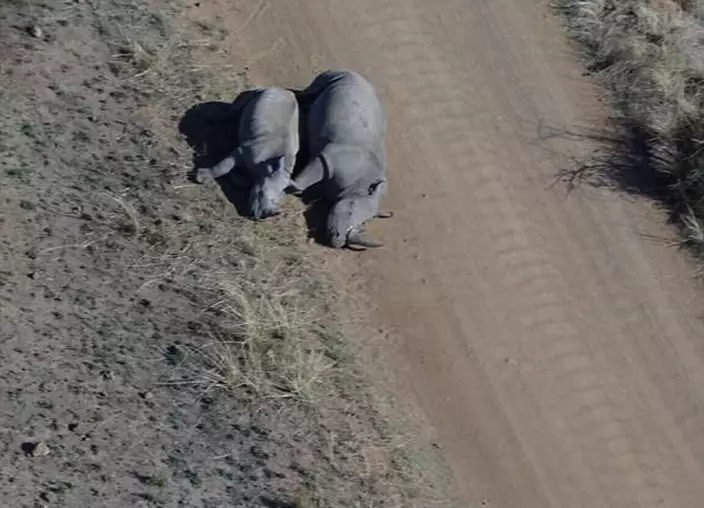
Pilanesberg National Park & Wildlife Trust
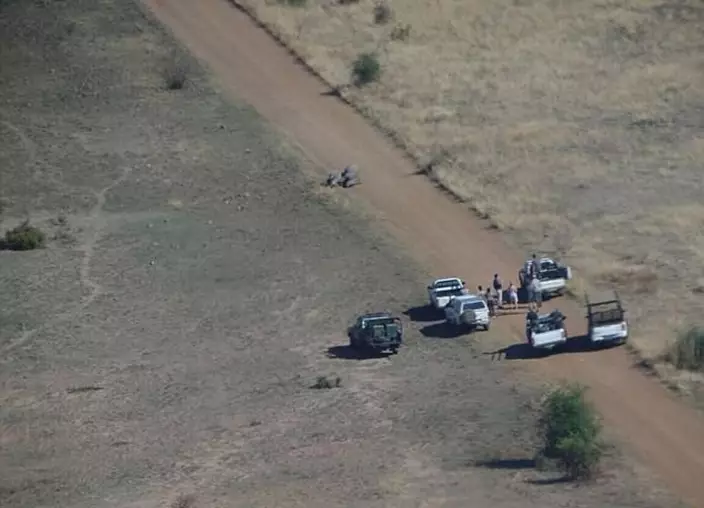
Pilanesberg National Park & Wildlife Trust
ZEBALLOS, British Columbia (AP) — An orphaned killer whale stranded in a remote Vancouver Island lagoon is proving difficult for rescuers to catch, an official at the site said Friday.
Ehattesaht First Nation Chief Simon John said the capture operation is in the “demobilization stage” after an unsuccessful attempt to rescue the 2-year-old orca that began before dawn.
He said they plan to try again in a couple of days, and that rescuers were “standing down.”
The 2-year-old calf has been alone in Little Espinosa Inlet for about three weeks after its pregnant mother was beached at low tide and died on March 23.
The pair got into the lagoon by swimming through a narrow and fast-moving channel connecting it to the ocean.
The First Nation said earlier that the rescue was launched at 5 a.m. because of favorable weather conditions.
The rescue plan involves trying to corral the female calf into a shallow part of the 3-kilometer lagoon, using boats, divers and a net, before she would be placed in a large fabric sling and hoisted onto a transport vehicle.

The Ehattesaht First Nation deployed a canoe and other resources to try and rescue an orphaned orca, but were unsuccessful, at a lagoon near Zeballos, British Columbia, Friday, April 12, 2024. (Chad Hipolito/The Canadian Press via AP)
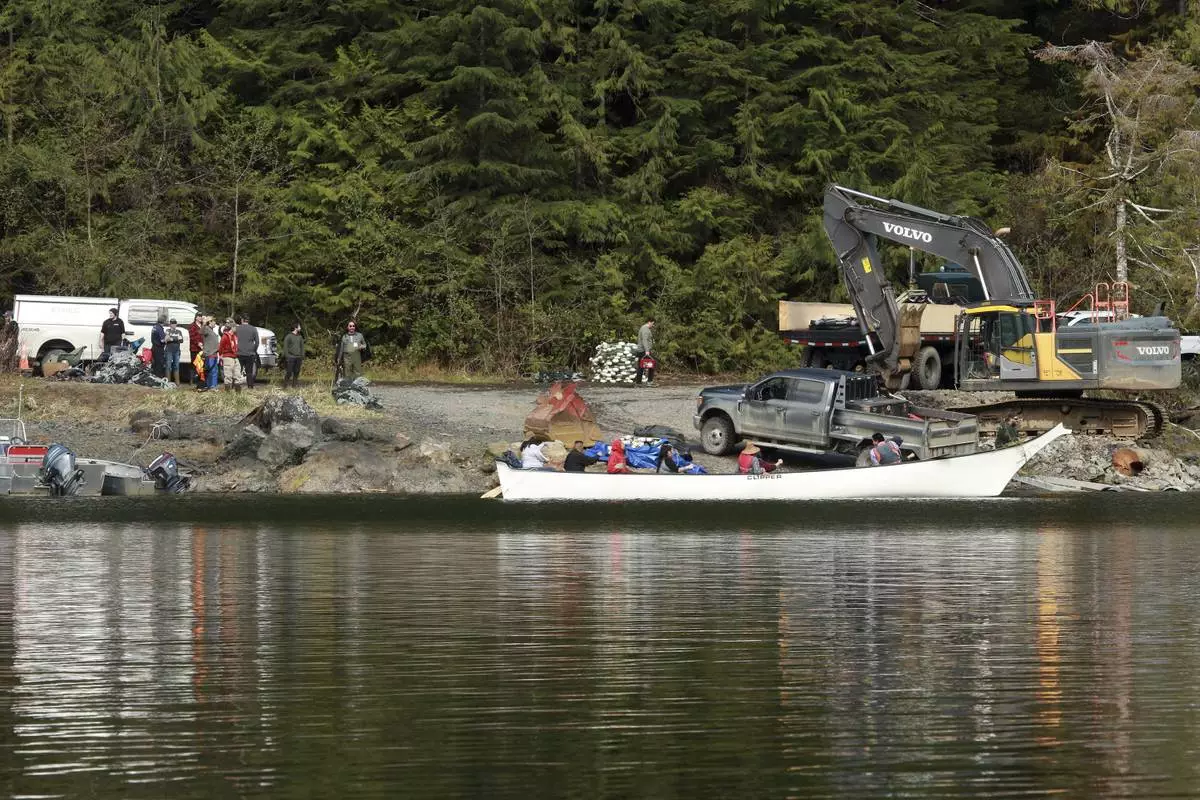
The Ehattesaht First Nation deployed a canoe and other resources to try and rescue an orphaned orca, but were unsuccessful, at a lagoon near Zeballos, British Columbia, Friday, April 12, 2024. (Chad Hipolito/The Canadian Press via AP)









